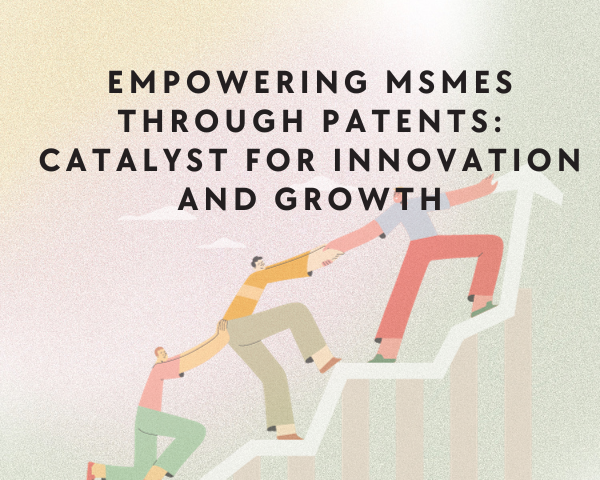In Product -by -process claims the structure and special characteristics are used to define the invention of the objects. In chemical field, especially it often happens that the inventions of the objects are described by its procedure of production.
Example, “Product B is obtained by production process A”. These claims are known as product-by-process claims. It is possible to file a patent by defining the invention by patent process, even if the special characteristics and structure of the object cannot be made clear. This is the benefit of such patent claims. A product-by-process claim tries to describe the process by which the product is produced. An example is below.
Claim from US4935507:
Crystalline 7-[2-(2-aminothiazol-4-yl)-2-hydroxyiminoacetamido]-3-vinyl-3-cephem-4-carboxylic acid (syn isomer) which is obtainable by dissolving 7-[2-(2-aminothiazol-4-yl)-2-hydroxyiminoacetamido]-3-vinyl-3-cephem-4-carboxylic acid (syn isomer) in an alcohol, continuing to stir the solution slowly under warming, then cooling the solution to room temperature and allowing the solution to stand.
Japan, China, and Korea allow such claims.
China and Korea are very firm on the rules. Particularly in Korea product-by-process claims are permitted as an added norm for inventions of chemical substances. Product -by -process claims are allowed where the substance cannot be defined satisfactorily by its nature and structure, but definition just by process of production, so-called substance by process (product- by- process) claims are not allowed as a general rule.
In Japan, (1) if the product made by the process meets patentability criteria and the requirement that the product was “impossible” otherwise to define by its structure or properties on the filing date, then a product-by-process claim is patentable and (2) regardless of the process by which the product was made, a product-by-process claim covers any product identical to the claimed product.
The European Patent Office addresses product-by-process claims in a similar way. In Europe, a product-by-process claim is patentable only when the product of the product-by-process claim satisfies the patentability criteria (example: novelty and inventiveness) and “no other information [is] available in the application which could help the applicant to define the product satisfactorily by reference to its composition, structure or some other testable parameter” (Refer Guidelines for Examination in the EPO Chapter IV- 4.12; T 0150/82). Also, like the law in Japan, a product-by-process claim is “to be construed as a claim to the product as such.” A product-by-process claim in Europe covers the “product per se” and “confers absolute protection upon the product.”
United States law is different from law Japan and Europe law. It includes requirements for patentability and infringement of product-by-process claims. Like the Japanese and European Patent Office, the U.S. Patent Office reviews the product made by the process recited in the claim (Reference: MPEP § 2113 and § 2173.05(p)), for determining patentability of a product-by-process claim against prior art. U.S. law does not have an additional requirement that the product must be difficult or impossible to define by reference to its properties or structure, unlike Japanese or European law.
A product-by-process claim in the United States is construed to cover only the product made by the steps recited in the claim. This is in contrast to Japanese and European law. In Abbott Labs. v. Sandoz, 566 F.3d 1282 (Fed. Cir. 2009), the Court of Appeals for the Federal Circuit held that process terms of a product-by-process claim served as claim limitations so that similar products made by a different process did not infringe on the claim. The limited protection for products defined in product-by-process claims in the United States is similar to the protection offered for products of manufacturing method or process claims in Europe and Japan, where a method or process claim extends protection to the product directly obtained from the claimed method or process, but not to similar products made by different methods (Reference: European Art. 64(2)).
In India, with respect to product-by-process claims a novel, and nonobvious product must be defined, and that its patentability cannot depend on the novelty and nonobviousness of the process limitations alone. Which means that the product must qualify for novelty and inventive step irrespective of the novelty or inventive step of the process.




